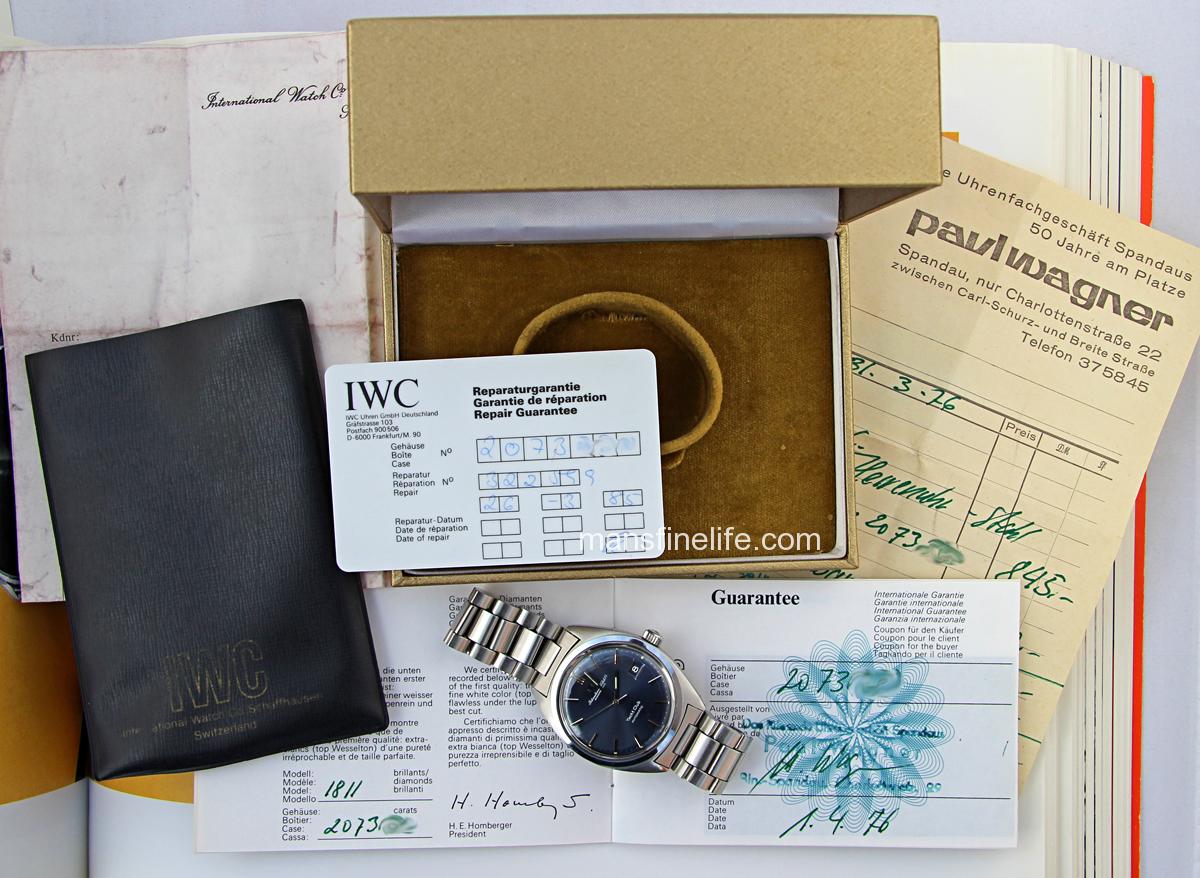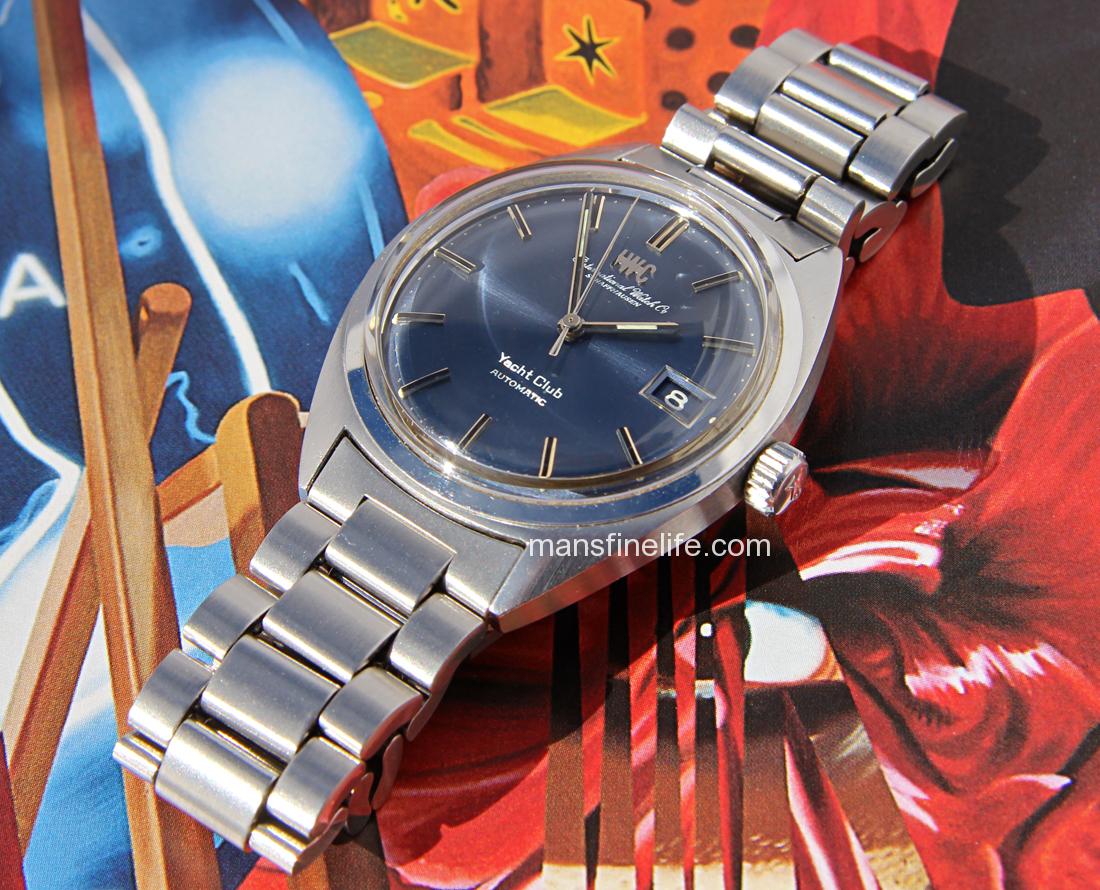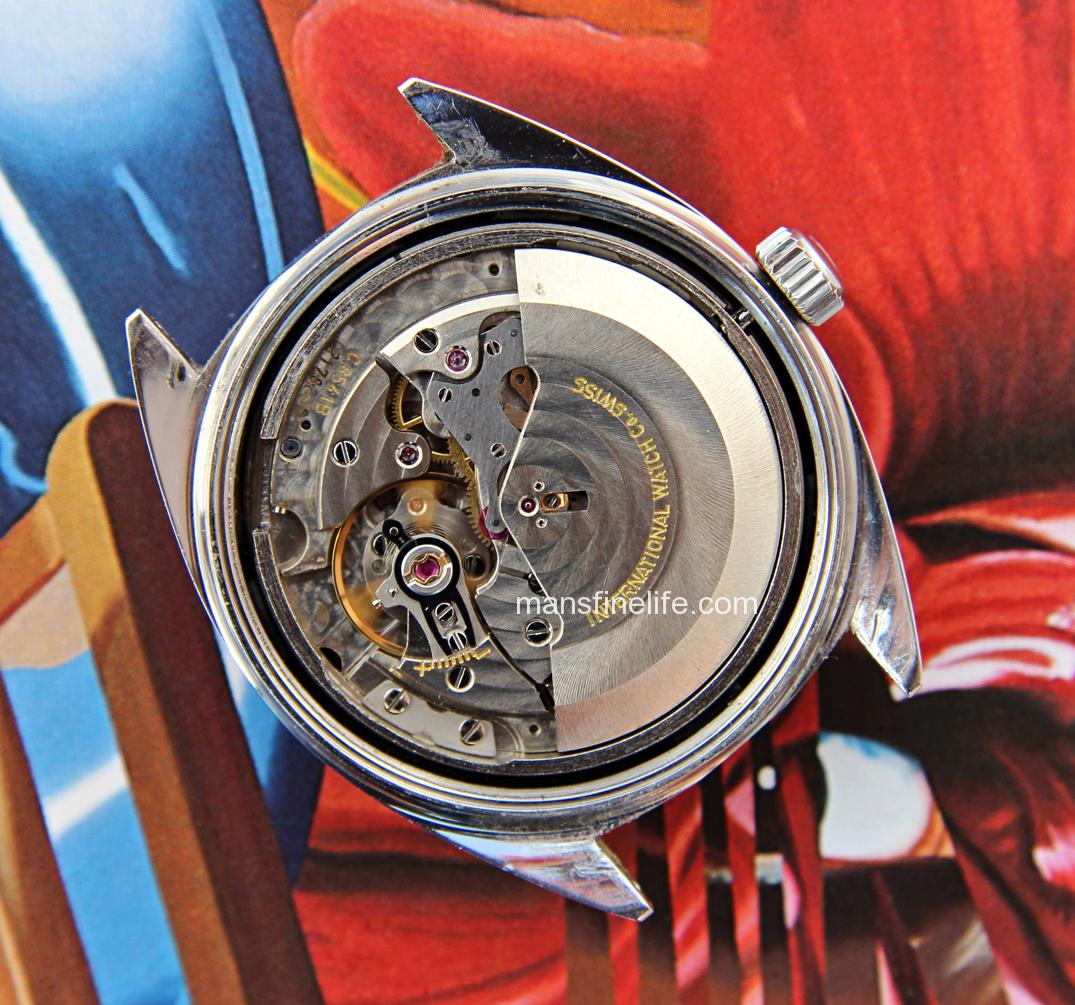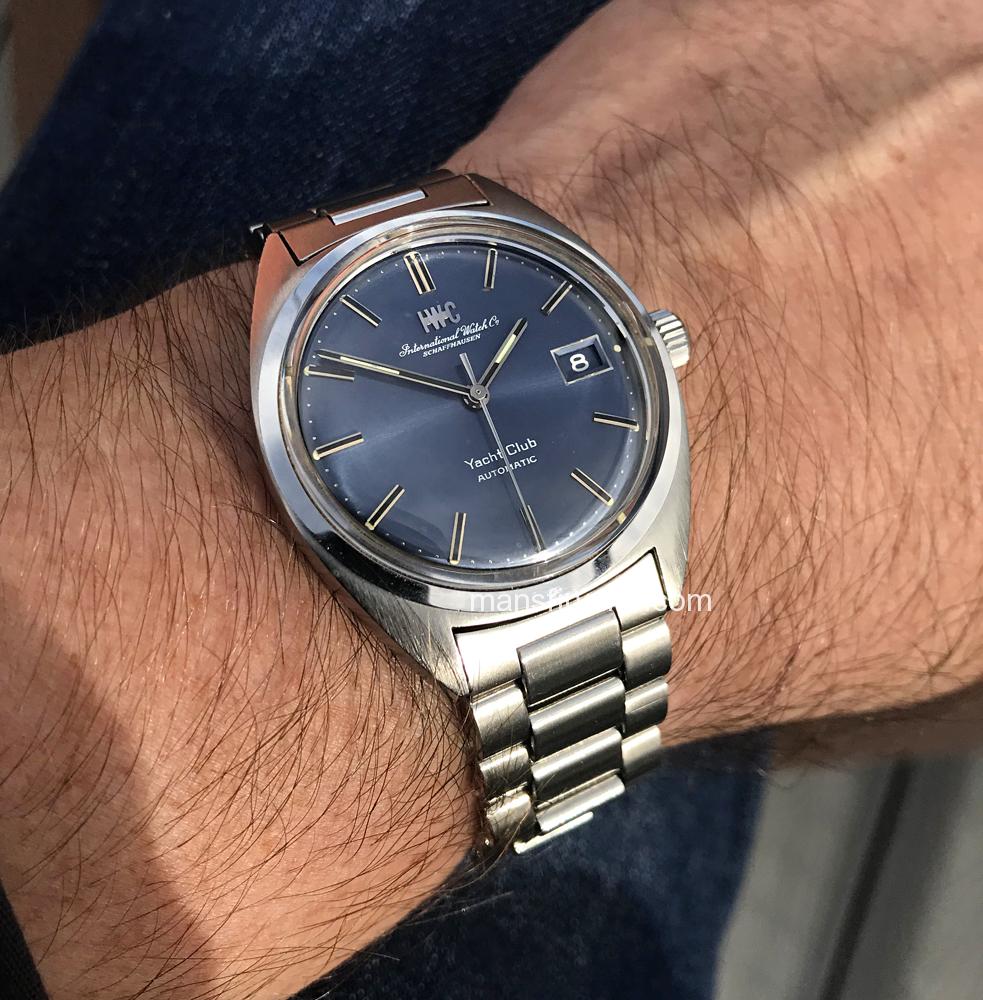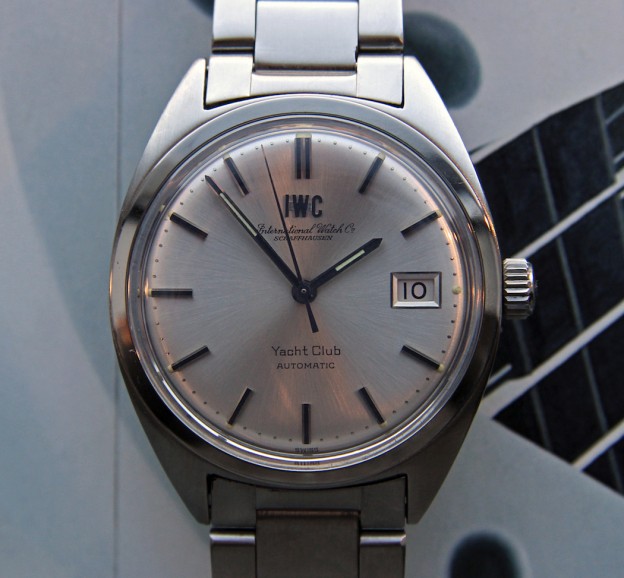One of my favorite vintage brands and one which I also feel is consistently undervalued is the International Watch Company of Schaffhausen, better known as simply IWC. Back in the day, every IWC watch had an in-house movement and their manual wind and automatic calibers were some of the best, most reliable and accurate machines on the market. With their bespoke Pelleton winding system, which was developed by the marque’s famed technical director Albert Pelleton in the early 1950s, IWC offered a solid alternative, if not also an implicit challenge, to Rolex’s longtime dominance of full rotor automatic technology. IWC continued to develop their 85x auto calibers for nearly two decades until they reached what many experts consider the pinnacle with their legendary 8541B movement. And it is the 8541B that you find in IWC’s other implicit challenge to Rolex, the beautifully designed Yacht Club model.
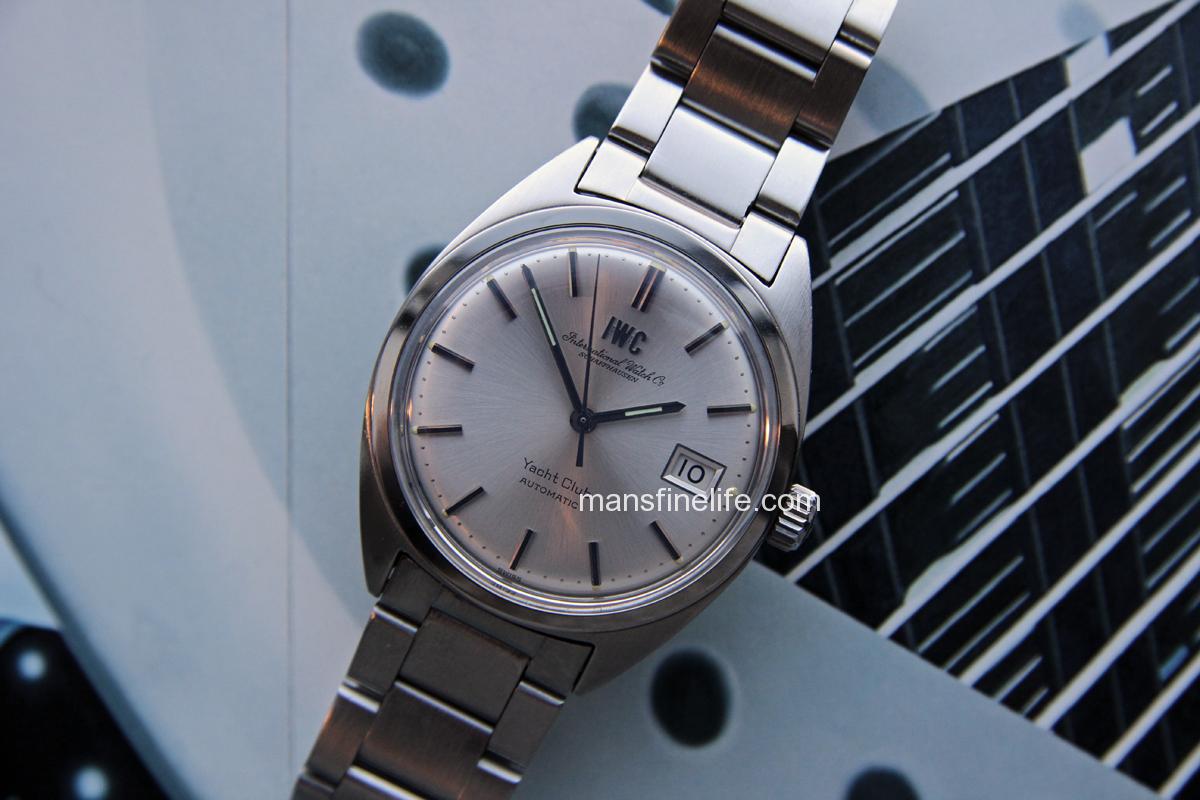
Debuting right at the dawn of the funky 1970s when the Swiss watch industry would go somewhat design mad chasing rapidly changing tastes and fashions, the Yacht Club manages to be at once cutting edge and traditional. Making full use of the sweeping lines of the “C”-shape case, variations of which are also found in contemporaneous Omega Constellations and Heuer’s automatic Carrera, the Yacht Club’s heavy steel case is a perfectly proportioned 36mm X 44mm. That’s much bigger than the rather medium-sized C-shape Connie and obviously not as big as Heuer’s macho racing chronograph, so where it ends up is exactly in the same size bracket as Rolex’s evergreen, the Datejust. And that’s really the best analog and probably the exact watch IWC were gunning for. For if the Datejust was the icon of a never-changing design standard, the Yacht Club aimed to offer the same sort of elegance but with a bit of an avant garde twist for the modern man.
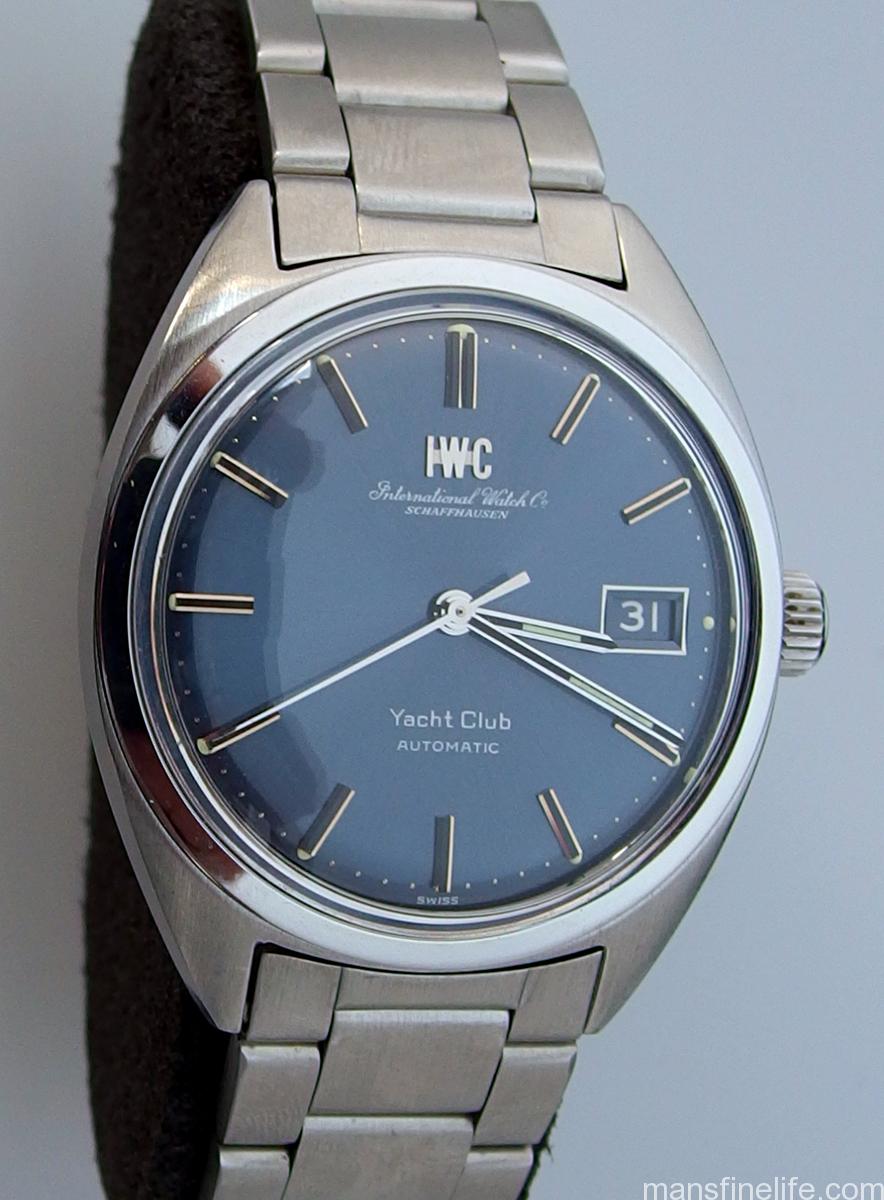
Hence the lugs sweep inward toward the bracelet rather than projecting out in a relatively straight line like the DJ, giving the dial extra prominence and pop. And what beautiful dials the Yacht Clubs had, from the classic beauty of starburst silver to moody, manly gray to my personal favorite, an astonishing blue that changes in hue ever so subtly depending on the angle at which its viewed. Note also the classy way the date discs are not one-size-fits-all for the colored dials but rather reverse printed with white numerals on the matching color background of the dial. Nice touch! The hands are luminous with black inlay and very easy to read and there is something that really appeals about the applied IWC logo of this period. I like it better than the earlier printed full script “International Watch Co.” alone and much more than the later boring printed block lettering, which still adorns their dials today.
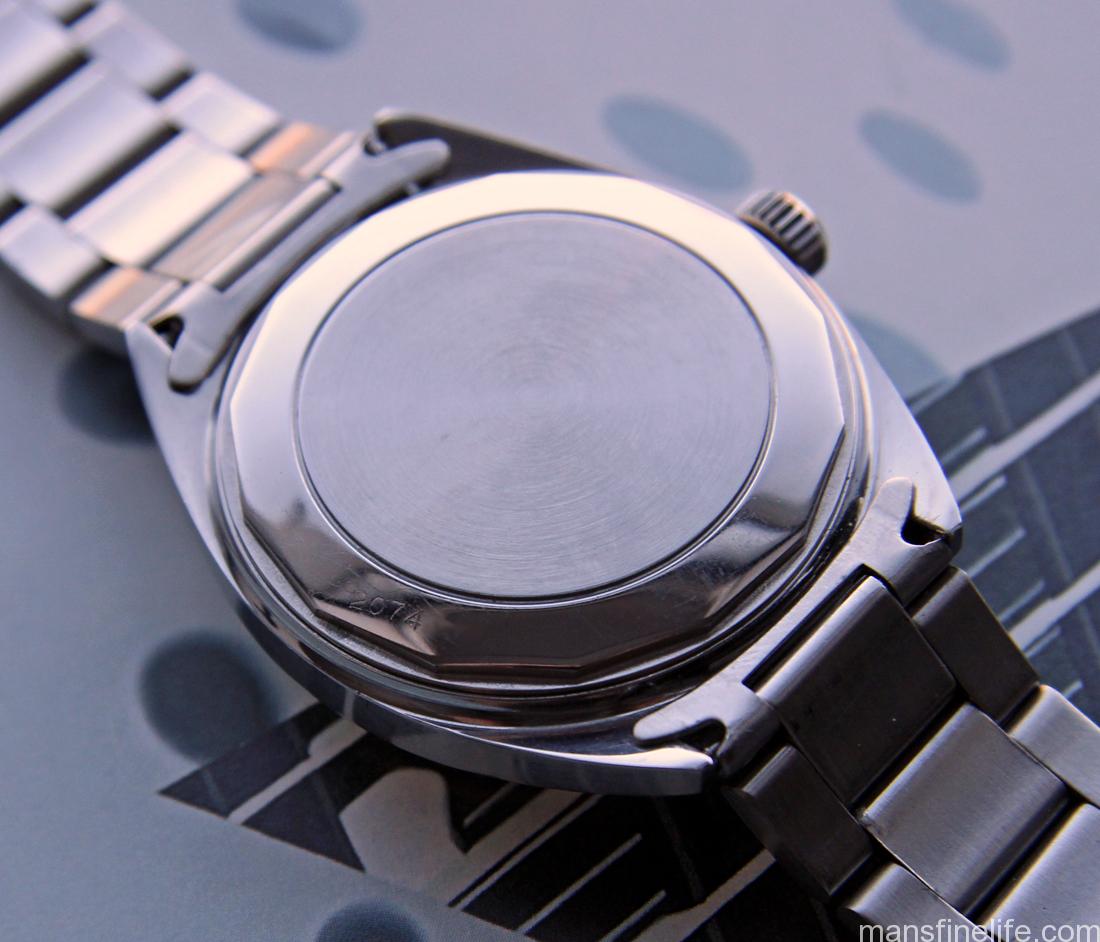
The Yacht Club was also a departure for IWC in that prior to its introduction they produced only a few special models with a screw back case design, such as the anti-magnetic Ingenieur and the diver-centric Aquatimer. Continue reading →
